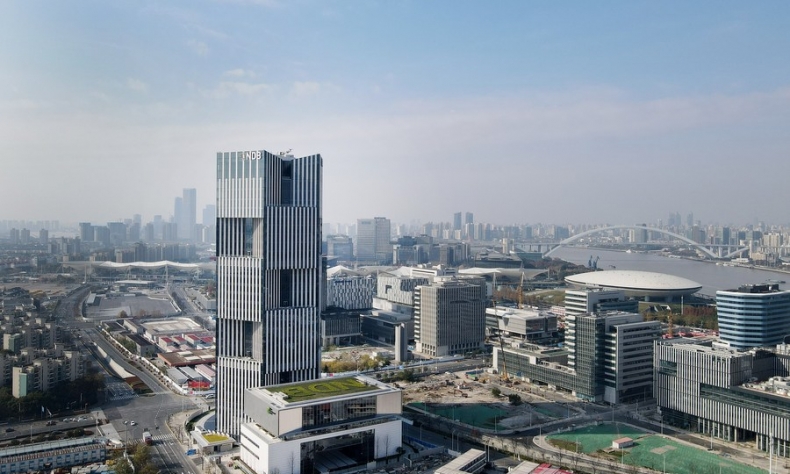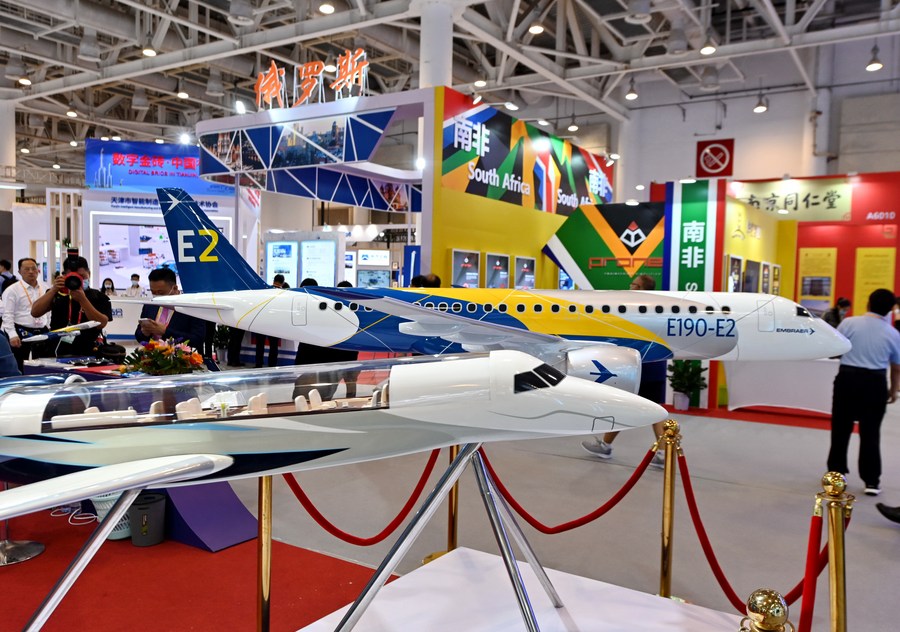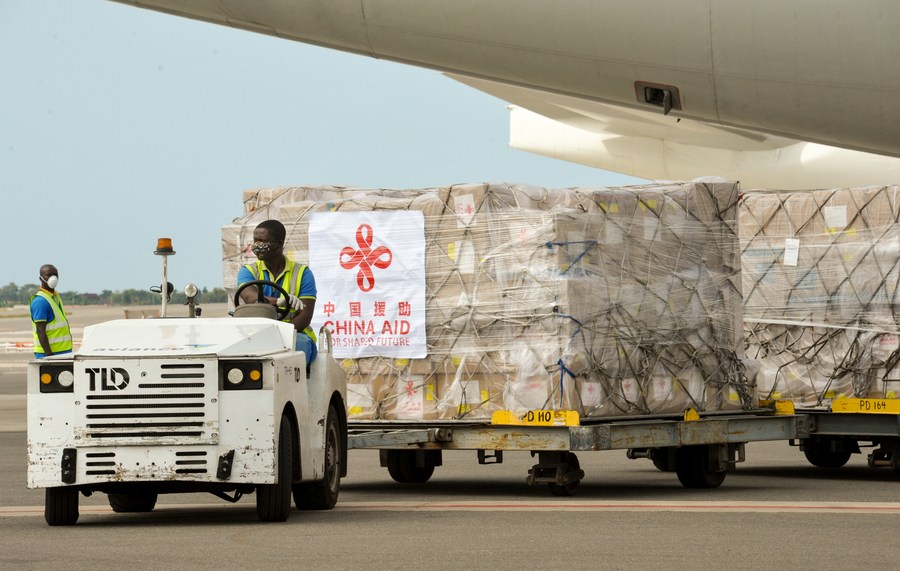The Future of BRICS

In the current domestic and global framework, the strengthening of bilateral engagements among the five BRICS countries expands the options for the group to act.
As the BRICS group enters its second decade, the collective is now ready to consolidate its early achievements. In this context, the leaders of Brazil, Russia, India, China, and South Africa met virtually on September 9 for their 13th summit under India’s chairship, themed Cooperation for Continuity, Consolidation and Consensus. The situation in Afghanistan and its impact on the region, the reform of the multilateral system, the fight against the COVID-19 pandemic, as well as vaccine production and distribution topped the agenda of talks.
Achievements and challenges
In its first decade of existence, the BRICS was partially successful in pushing for the International Monetary Fund and World Bank quota redistribution. The five economies also offered an outside option to the international financial order through the creation of the New Development Bank (NDB) and the Contingency Reserve Agreement for the provision of infrastructure finance and liquidity to emerging and developing economies.
The group is also expected to advance a common agenda that stresses not only continuity, but also a positive transformation for its five members and the world on issues such as post-pandemic recovery, the transition to a low-carbon economy, and the Fourth Industrial Revolution. Yet, the broader setting in which the BRICS grouping operates challenges the full realization of its potential.
The stagnation of the Russian and South African economies and Brazil’s economic and political crisis, aggravated by the COVID-19 pandemic, have stalled BRICS countries’ attempts to take on a more significant role on the global stage. The India-China border standoff and broader competition in the Indo-Pacific have further challenged the balance within the group at a time when its original ambition to become a facilitator of alternative voices in global governance is questioned.

Against this new backdrop, the BRICS are transitioning from a concerted modus operandi (e.g., club, bloc, coalition and community) to bilateral arrangements among the five members. This so-called bilateralization of intra-BRICS relations would allow each member to pursue transnational and interstate interests whenever they overlap with one another while still benefiting from being part of the cluster when collective action is more desirable. Nevertheless, while it does give countries more flexibility, it also hinders consensus building and, most importantly, concrete action at the multilateral level.
This is most evident in the BRICS’ response to the pandemic. In 2020, Russia became the first country to register a COVID-19 vaccine and called on the other four BRICS countries to cooperate in its production and distribution. China announced its intention to make its homegrown vaccines a global public good. India and South Africa called on the World Trade Organization to suspend intellectual property rights related to COVID-19 to ensure affordable access to vaccines, medicines and other new technologies needed to control the pandemic.
Unfortunately, the group failed to provide a robust collective response to the health crisis. Negotiations at the 12th summit in Russia resulted in vague commitments to collective action and the revisiting of old proposals such as the creation of the BRICS Vaccines Research and Development Center and the strengthening of the BRICS Tuberculosis Research Network—originally presented by South Africa in 2018.
After this year’s summit, the leaders’ declaration only noted the “progress toward the early launch of the BRICS Vaccine Research and Development Center in a virtual format.” Had the grouping been able to make greater strides in tracking and implementing its commitments, the BRICS could have given a breakthrough contribution to the fight of the pandemic at a time when the world needs strong leadership and cooperation the most.

Pursuit of common goals
Despite the bilateralization of the group, the creation of the NDB in 2015 and the evolution of its portfolio since indicate that the five countries still engage as a coalition in the pursuit of agreed common objectives. Mandated to fund sustainable development and infrastructure projects in emerging and developing markets, the NDB has built a portfolio of 80 approved projects worth approximately $30 billion. On September 2, the bank welcomed its first non-founding members, the United Arab Emirates, Uruguay and Bangladesh, in an effort to realize its global vocation, mobilize resources with the private sector, and play a catalytic role through the financing of regional economic integration projects.
In the current domestic and global framework, the strengthening of bilateral engagements among the five BRICS countries expands the options for the group to act. Members now need to make these bilateral arrangements work toward a common agenda that favors the construction of a stable and peaceful environment for sustainable development. This is the main challenge ahead of the grouping.
The creation of an open platform to track the implementation of the commitments made by the BRICS leaders, the rejuvenation of BRICS mechanisms like the BRICS Academic Forum to bring about innovative thinking, and the establishment of a multitrack diplomacy process that is mutually reinforcing and more conducive to taking past commitments and new ideas to fruition are some of the urgent steps in this direction, which could be further promoted by China during its chairship of the BRICS in 2022.
The author is a scholar with the Center for BRICS Studies at Fudan University, China, and an associate professor, assistant dean and executive director of the Center for African Latin American and Caribbean Studies at O.P. Jindal Global University, India.
 Facebook
Facebook
 Twitter
Twitter
 Linkedin
Linkedin
 Google +
Google +










